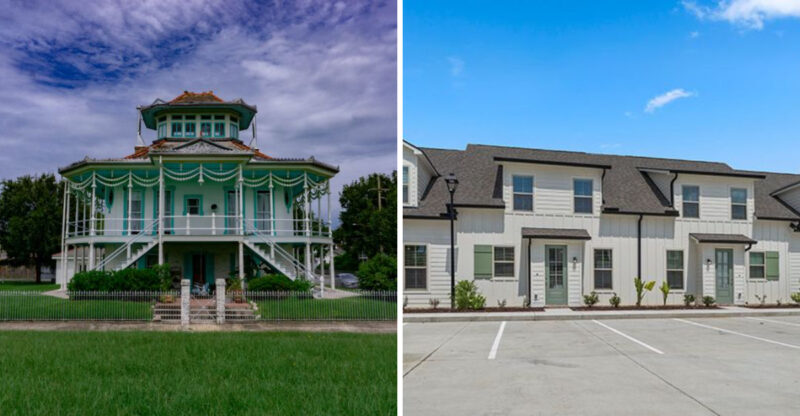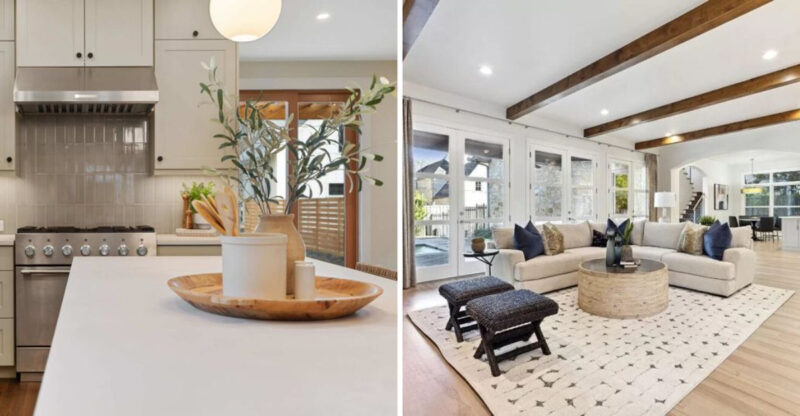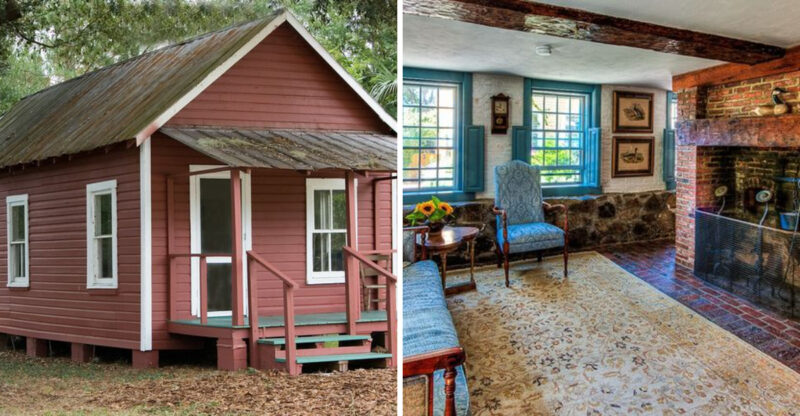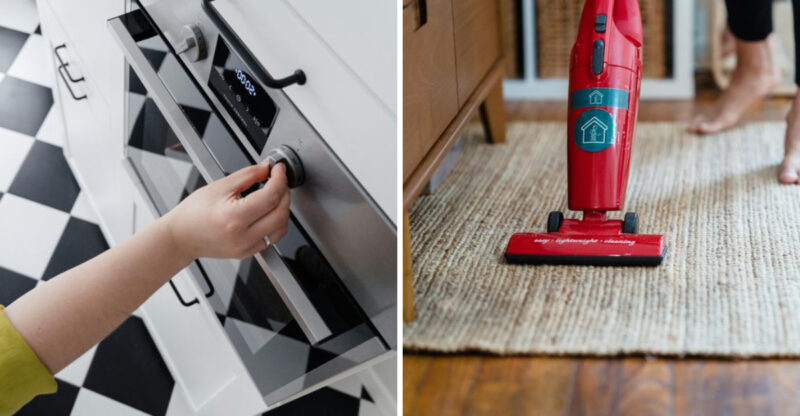12 Georgia Flip House Clues That Might Send Buyers Running
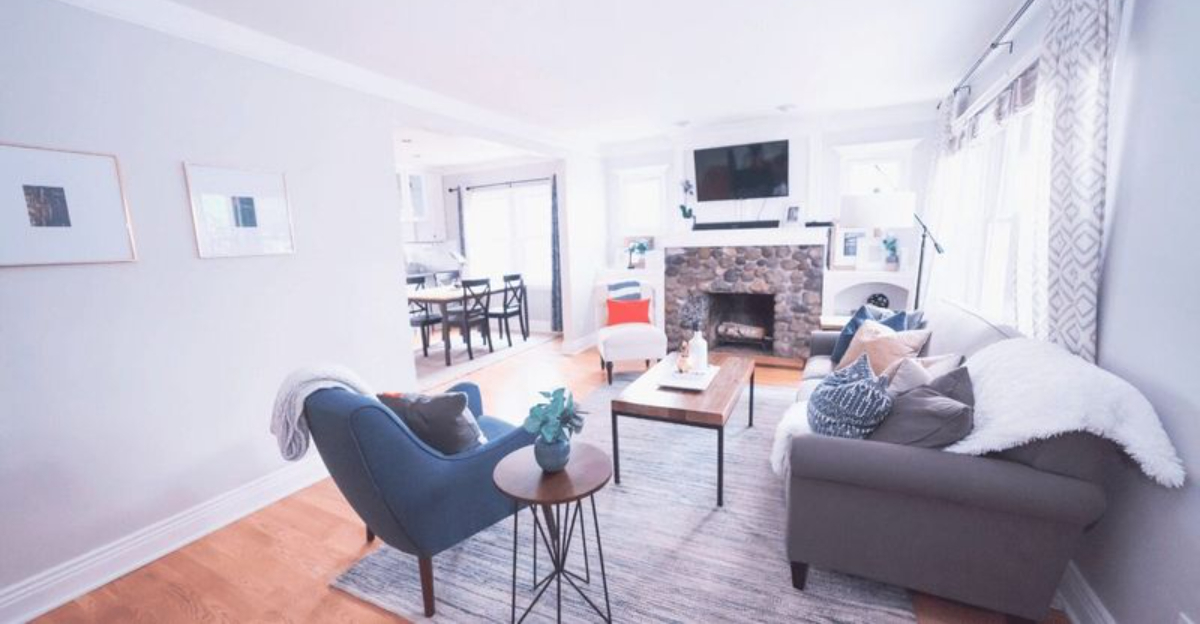
House flipping has become a popular investment strategy in Georgia’s hot real estate market. But not all flipped homes are created equal. Some renovations are rushed, hiding serious problems beneath shiny surfaces.
Before you fall in love with that seemingly perfect property, learn to spot these telltale signs that might indicate a hastily flipped home with potential headaches lurking behind those freshly painted walls.
1. Fresh Paint Smell Everywhere
Walking into a home that reeks of paint? Red flag alert! Flippers often use paint as their magic wand to cover up everything from water damage to mold problems.
That overwhelming chemical smell might be masking serious issues with the walls or ceiling. Look closely at corners and edges where hasty painters cut corners.
Ask yourself: why did they need to paint absolutely everything? Sometimes a total paint job is innocent, butpaired with other warning signs, it could mean they’re hiding something substantial.
2. Mismatched Flooring Between Rooms
Suddenly, the hardwood stops, and laminate begins? That’s not a design choice, it’s a budget compromise! Flippers often replace only damaged sections rather than entire floors to save money.
This patchwork approach can reveal where previous problems occurred. Maybe that one bedroom with new flooring had water damage or termites.
Pay special attention to transitions between rooms and changes in flooring height. These inconsistencies might signal underlying structural issues that weren’t properly addressed during the renovation.
3. Visible Gaps Around Trim Or Baseboards
Gaps between walls and baseboards scream amateur workmanship! Professional contractors ensure trim fits snugly against walls, but rushed flippers often skip this detail.
These spaces aren’t just unsightly, they’re entry points for pests and indicate potential settling issues. Run your hand along baseboards to feel for unevenness or separation.
If you notice caulk messily applied to hide gaps, that’s another warning sign of quick-fix solutions rather than proper installation. Quality finishing work takes time that many flippers aren’t willing to invest.
4. Low-Quality Fixtures Or Finishes
Are those cabinet handles already loose? Do faucets feel flimsy when you turn them? Bargain-bin fixtures are a flipper’s best friend and a homeowner’s future headache.
Many investors cut costs on hardware, installing the cheapest options available. Check drawer slides, doorknobs, and cabinet hinges by actually using them.
If something feels cheap or wobbly now, imagine how it’ll perform after a year of daily use. Quality fixtures cost more upfront but last years longer. A calculation many flippers ignore in favor of immediate profit.
5. Painted-Over Electrical Outlets Or Vents
Did someone actually paint over the outlets? This lazy shortcut reveals a concerning lack of attention to detail! Proper renovators remove outlet covers before painting or use painter’s tape for protection.
Painted-over vents might look minor, but they signal corner-cutting throughout the renovation. Worse yet, paint on outlets can create fire hazards by preventing proper electrical contact.
Check if switches feel sticky or if vent covers have paint buildup preventing proper airflow. These seemingly small details often indicate much larger problems hiding elsewhere in the house.
6. New Cabinets With Crooked Installation
Those kitchen cabinets might look pretty, but are they level? Grab a marble and see if it rolls! Rushed cabinet installations often result in misalignments that become more obvious over time.
Doors that don’t close properly or uneven spacing between cabinets indicate hasty workmanship. Check inside cabinets, too. Quality installers finish interiors properly.
If you spot exposed screws, unfinished edges, or cabinets pulling away from walls, prepare for other hidden shortcuts throughout the house. Cabinet installation requires precision that flippers often sacrifice for speed.
7. Uneven Or Bouncy Floors
Jump up and down in each room! Seriously! Floors shouldn’t bounce or feel spongy under your feet. This seemingly odd test can reveal serious structural issues beneath that pretty new flooring.
Flippers often lay new surfaces over damaged subfloors rather than fixing the underlying problems. Place a marble on the floor to check for sloping or unevenness.
If doors swing open or closed on their own, that’s another sign of foundation problems. Proper floor repairs are expensive and time-consuming, exactly what house flippers try to avoid.
8. Flipped But Original Windows
How old are those windows? While everything else looks new, original windows in a flip can spell trouble. Window replacements are expensive, so many flippers just clean up existing ones.
Old windows create energy efficiency nightmares and potential water intrusion problems. Test them by trying to open, close, and lock each one.
Feel around frames for drafts or moisture damage. If the home has new everything except windows, question why. This expensive corner-cutting often indicates other hidden compromises throughout the property that will cost you down the road.
9. Staging That Distracts From Flaws
Why is there a giant potted plant in that corner? It might be hiding something! Strategic staging is a flipper’s trick to divert attention from problem areas.
Large furniture placed against specific walls, rugs covering floor sections, or artwork hanging in unusual spots often conceal issues. Move things during your inspection.
Don’t be distracted by trendy decor or perfectly arranged furniture. That beautifully staged living room with the unusual furniture arrangement might be hiding wall cracks, water damage, or uneven flooring that the flipper hopes you won’t notice.
10. Rushed Landscaping Or Patchy Sod
Fresh sod that doesn’t quite match? Landscaping matters! Many flippers focus on interiors while neglecting proper exterior work, slapping down mismatched sod pieces days before listing.
Check for gaps between sod sections or different grass types in the yard. Newly planted bushes directly against the foundation might be hiding exterior wall damage.
Pay attention to the drainage around the house as well. Does water flow toward or away from the foundation? Proper grading prevents costly water issues, but it’s often overlooked in quick flips where curb appeal trumps functionality.
11. No Permits For Major Work
Missing permit history is a massive red flag! Ask to see permits for any major renovations, especially electrical, plumbing, or structural changes. Many flippers skip this crucial step to save time and money.
Work completed without permits may not meet building codes and could create safety hazards. The county building department can verify if proper permits were pulled.
If the seller can’t produce documentation for obvious renovations, proceed with extreme caution. Unpermitted work can lead to insurance problems, difficulties when you eventually sell, and expensive remediation to bring everything up to code.
12. Overpriced For The Neighborhood
Is this house priced way above similar homes nearby? Flippers need to make a profit, but excessive pricing compared to neighborhood comps should raise eyebrows!
Sometimes the premium is justified by quality renovations, but often it’s simply inflated to cover hasty flip costs and maximize profit margins. Research recent sales of similar properties in the area.
If the home is priced significantly higher without obvious superior features, the flipper might be trying to recoup costs from unexpected problems they encountered during renovation. Remember, you’ll face the same neighborhood value constraints when you eventually sell.


